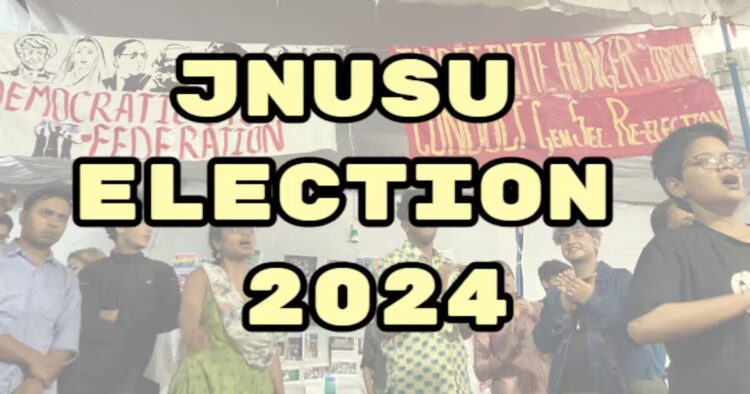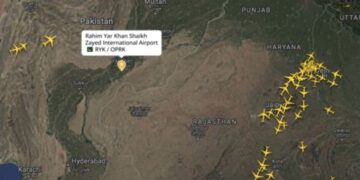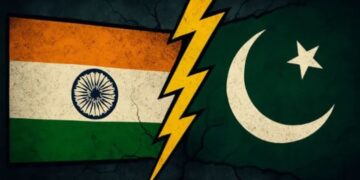In a significant turn of events, the Akhil Bharatiya Vidyarthi Parishad (ABVP), the student wing affiliated with the Rashtriya Swayamsevak Sangh (RSS), has emerged as the leading force in all four posts of the Jawaharlal Nehru University Students’ Union Election (JNUSU). This election marks the university’s first students’ union election in four years, infusing the campus with a renewed sense of democratic engagement.
The polling for the JNUSU election took place on March 22, drawing active participation from the student body. Today, the campus is abuzz with anticipation as the counting of votes unfolds, determining the composition of the next students’ union at JNU.
Among the central panel posts contested in the election are those of President, Vice President, General Secretary, and Joint Secretary. ABVP’s candidates have taken the lead in all these pivotal roles, showcasing a significant shift in the campus political landscape.
Currently, Umesh Chandra Ajmeera of ABVP is leading the presidential race with 812 votes, closely trailed by the Left candidate Dhananjay, who has garnered 737 votes. Similarly, in the vice-president category, ABVP’s Deepika Sharma has secured a lead over the Left’s candidate Avijit Ghosh.
The JNUSU election also includes the election of 42 candidates for school counsellors, emphasizing the diverse representation sought within the university’s student body.
The outcome of this election is poised to shape the future direction of student activism and representation within JNU. The resurgence of ABVP’s influence highlights the dynamic nature of student politics on campus, echoing broader trends in national discourse.
It’s worth noting that in the previous JNUSU election held in 2019, the Student Federation of India (SFI) candidate Aishe Ghosh emerged victorious, underscoring the ever-changing landscape of student politics at JNU.
As the counting of votes progresses, all eyes remain glued to the unfolding results, which will not only determine the composition of the next JNUSU but also reflect the prevailing sentiments and aspirations of the student community at Bharat’s premier institution of higher learning.

















Comments